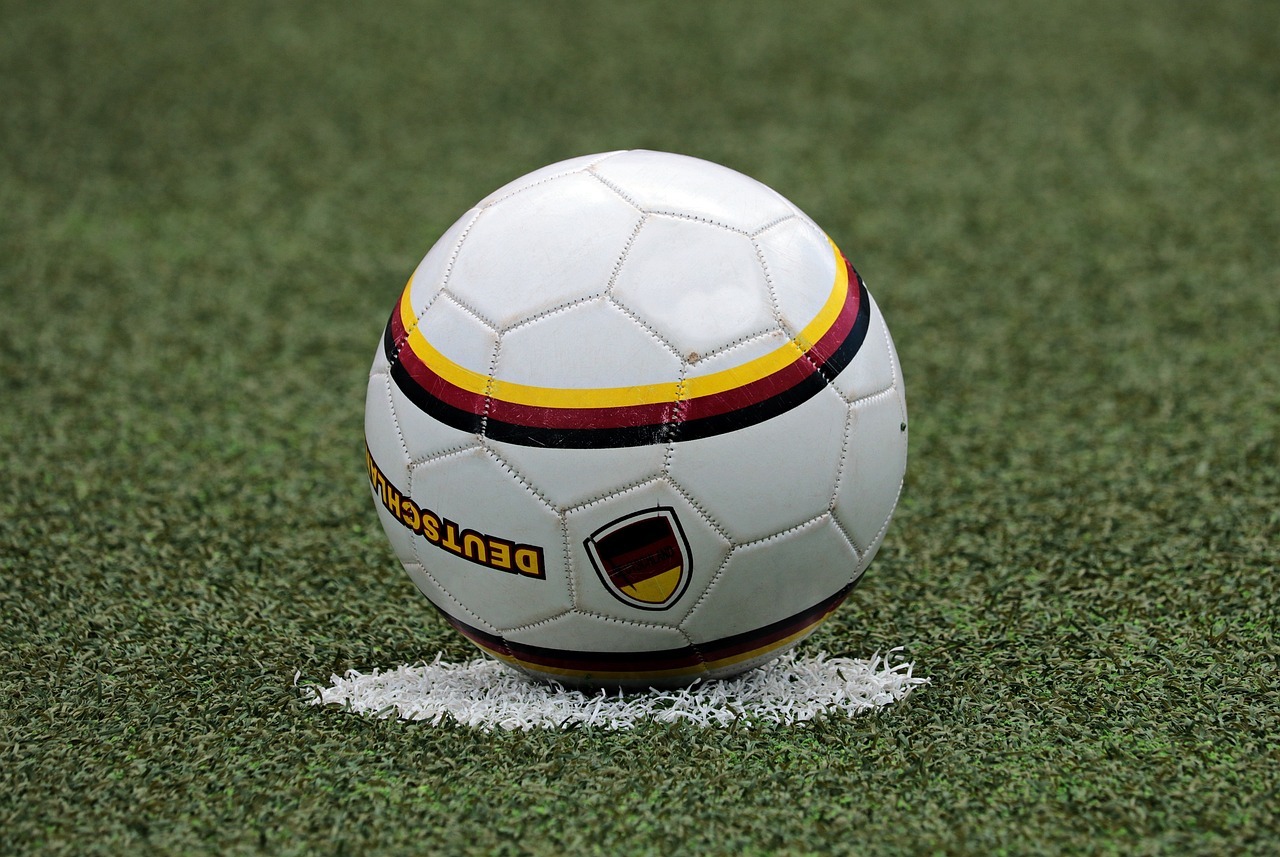Anyone who’s played a sport long enough will probably wonder about the more mundane aspects of play. Who decided to call the position a quarterback? Why are there five types of golf clubs? And who decided basketballs would be orange?
For each question, there’s a deceptively simple answer coupled with a few surprising facts. For example, the basketball is orange for visibility reasons. But back in the 70s, they could be blue, white, or even red.
Given how popular and ubiquitous sports are today, every question posed above could involve hours of research. For the sport of basketball, understanding the dynamics of the ball is only the first step in understanding the big business of the sport (NBA and beyond) today.
The average basketball is much more high profile than most would believe. According to Statista, each of the NBA’s franchises is worth more than $1 billion as of 2021, with various players across the league raking in millions each year in salary.
Fans spend millions on season tickets and retail merchandise, while sports betting companies offer odds on the league to punters all season long. Though seemingly insignificant with its humble price tag, without the basketball, entire (multi-billion-dollar) industries come to a screeching halt.
That’s a lot of power for an orange ball.
Wilson Replaces Spalding in VR and Beyond
Last May, the NBA made a huge decision to drop Spalding as its official manufacturer after a 30-year partnership. For Spalding, the end of the deal marks a major blow to their business model. Since 1983, they’ve been the official partner of not only the NBA, but also the WNBA, NBA G League, and the league’s latest foray into a pan-African league, Basketball Africa League.
Even in the realm of virtual reality, only Wilson balls will be depicted in the league’s 2K video game franchise with 2K Sports.
However, the NBA isn’t dropping Spalding for Wilson—it’s dropping Spalding to go back to Wilson. The manufacturer was responsible for the first official NBA balls back in the 1940s, though Spalding produced the first basketball back in 1894.
So, what’s with the back and forth? From a business perspective, the (undisclosed) multi-million-dollar deals may be a way for the NBA to pit manufacturers against one another for the best deal possible. With no other basketball leagues competing with the NBA and its partners, the league has a monopoly (at least in North America).
If Spalding is interested in re-signing with the league, they’ll need to wait for Wilson’s contract to end, and then propose a more competitive long-term deal.
Caption: Titleist, official ball supplier for the PGA Tour.
Behind-the-Scenes Providers
Major league sports around the world sign off on multi-year, big-name partnerships to standardize official equipment across leagues and tournaments. Nike is the official ball supplier of England’s Premier League, though Adidas owns soccer ball production rights for the pan-European Champions League.
Rawlings produces baseballs for the MLB, and Inglasco manufactures pucks for the NHL. Titelist handles PGA Tour balls in golf, while Dunlop covers the ATP World Tour of tennis. Oddly enough, the US’s NFL also relies on Wilson footballs (and has done so since 1941).
Speaking of monopolies, it looks like Wilson sporting goods may be making a play for the US major leagues. In addition to basketballs and footballs, the sporting goods provider also makes tennis balls, golf balls, baseballs, and even tennis rackets.

